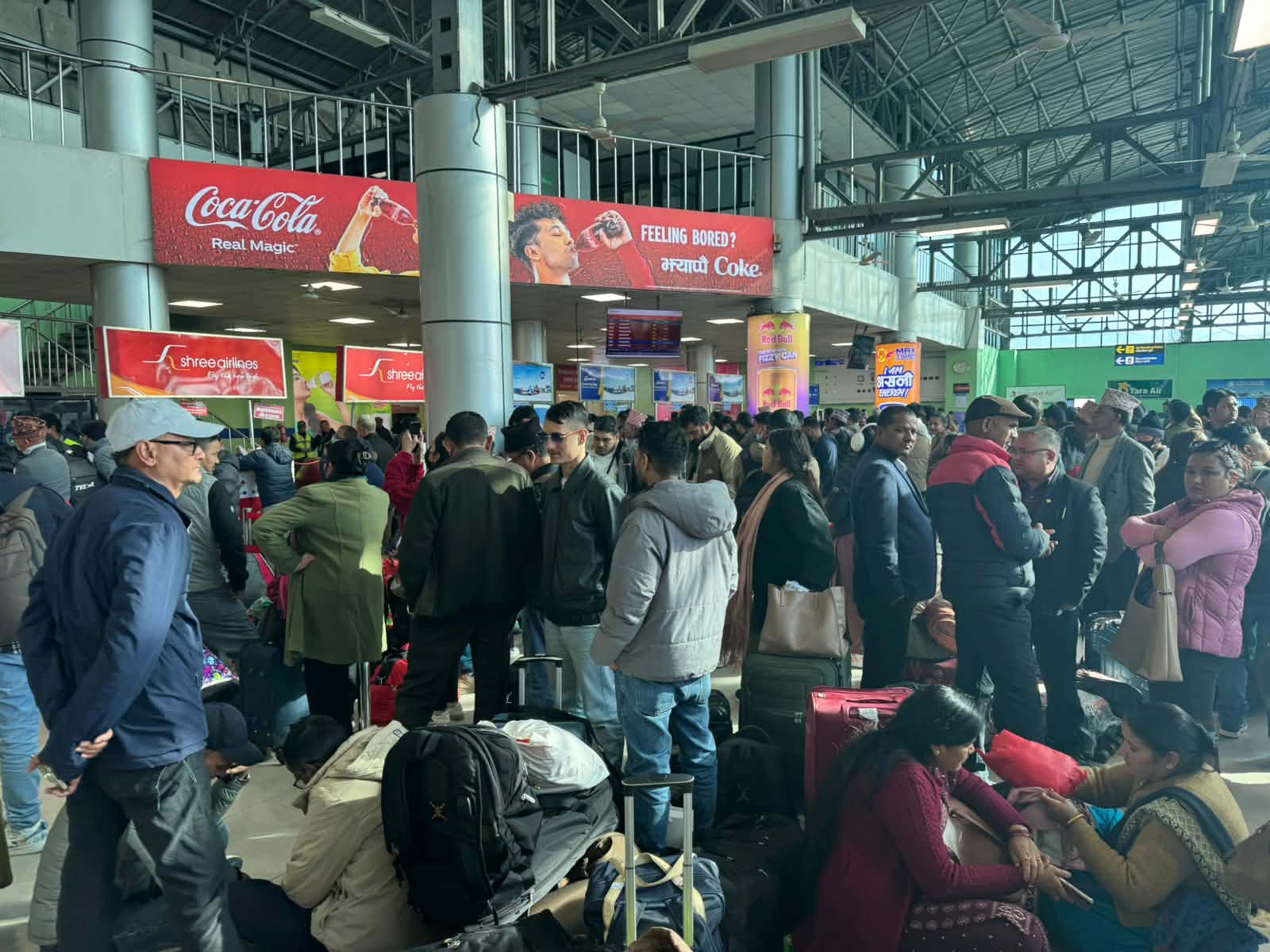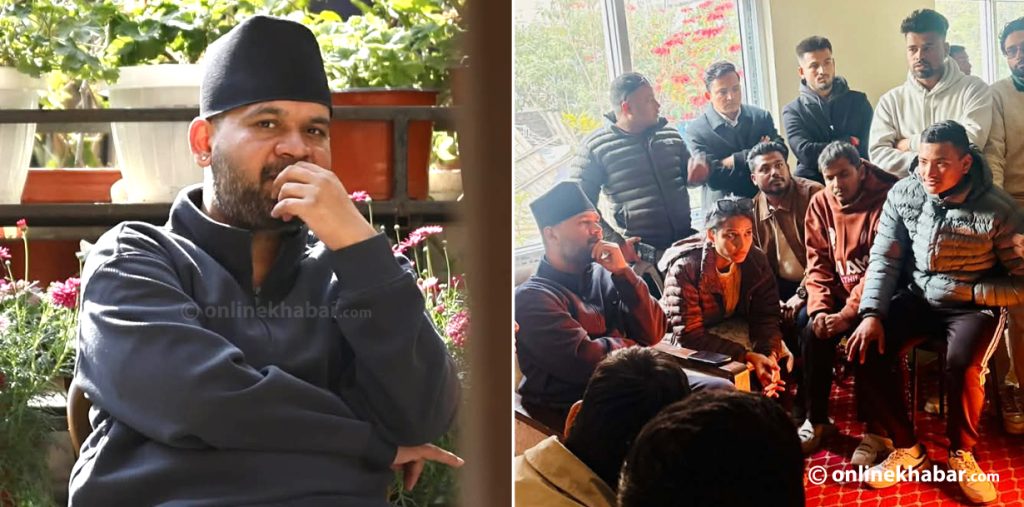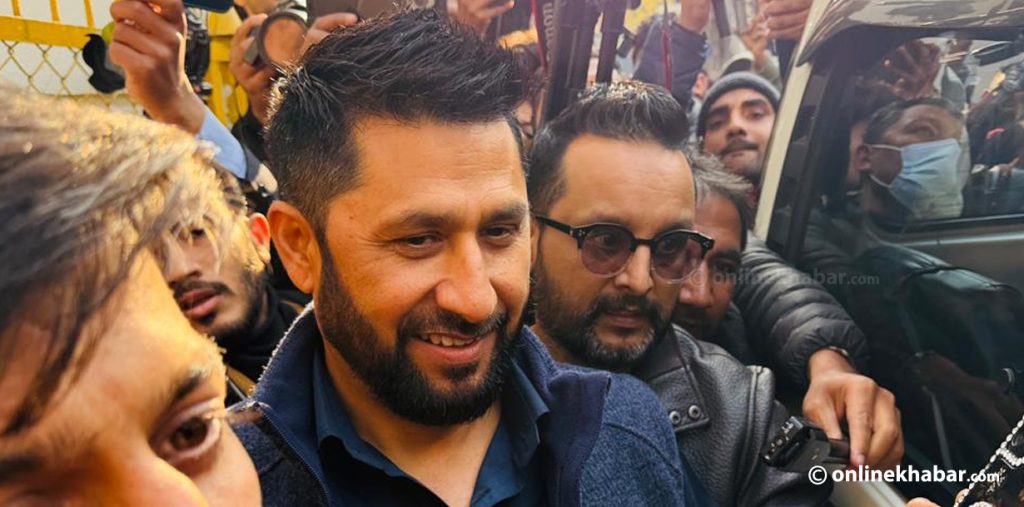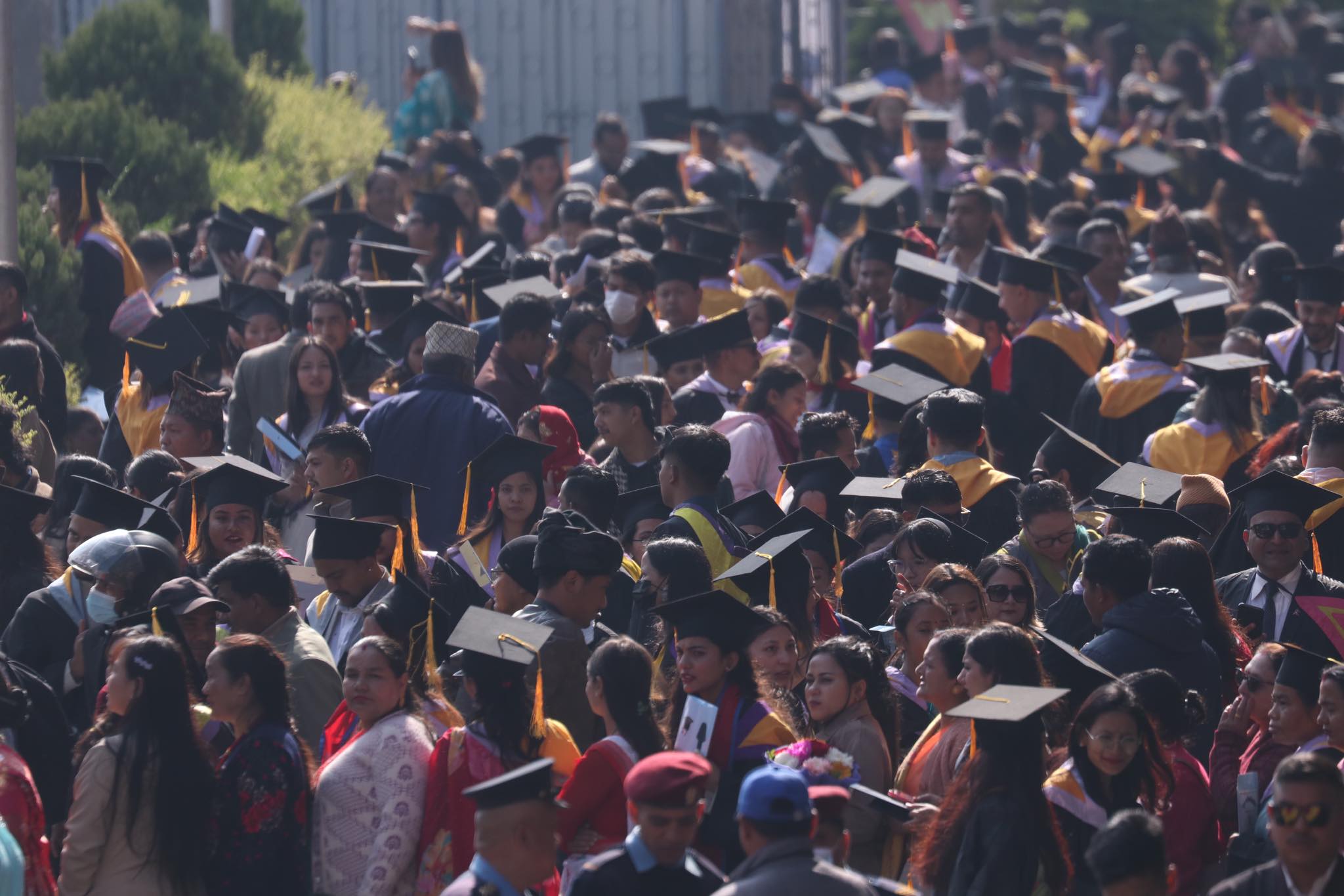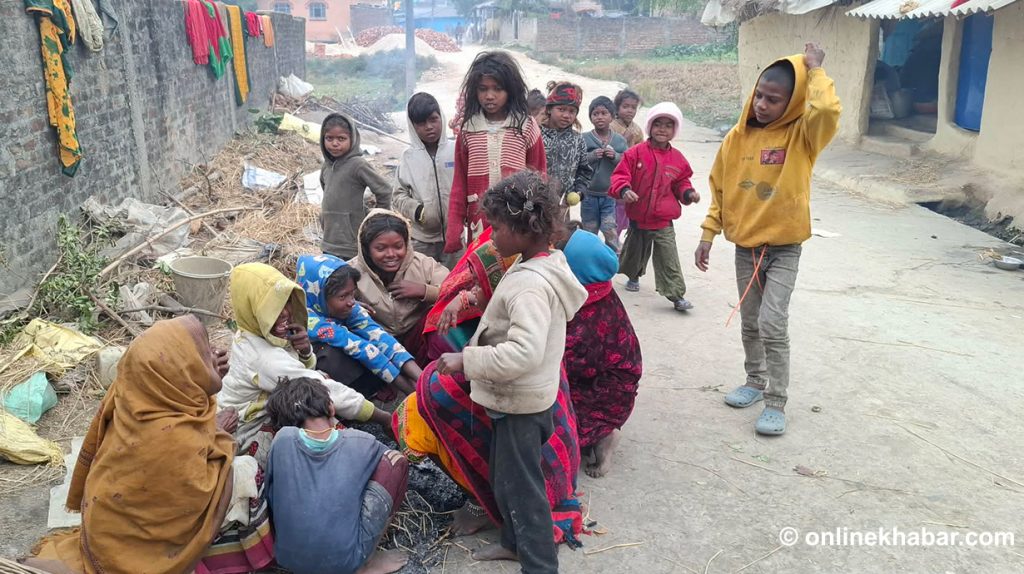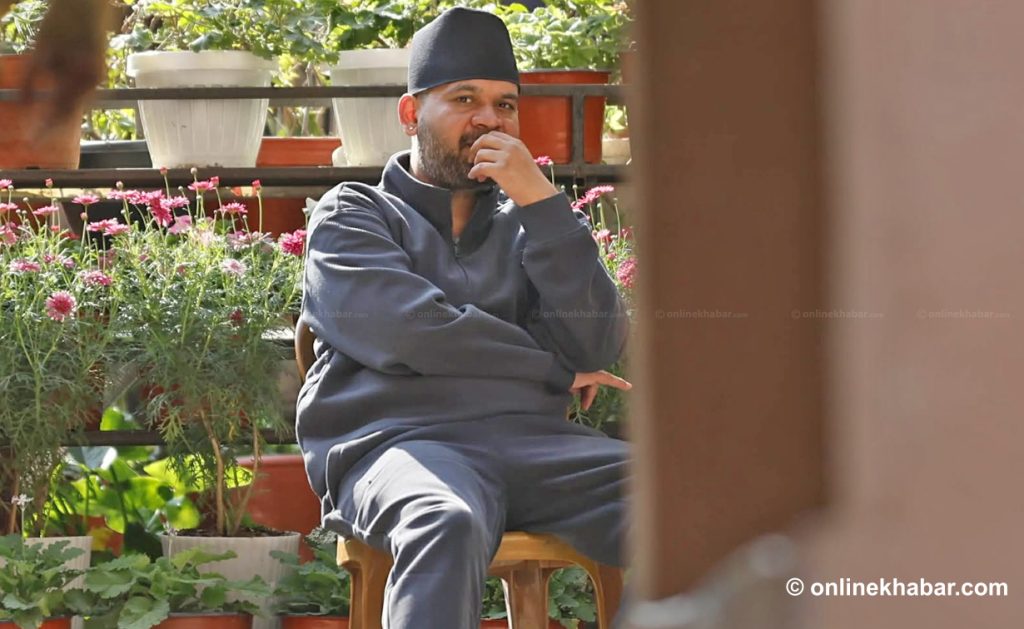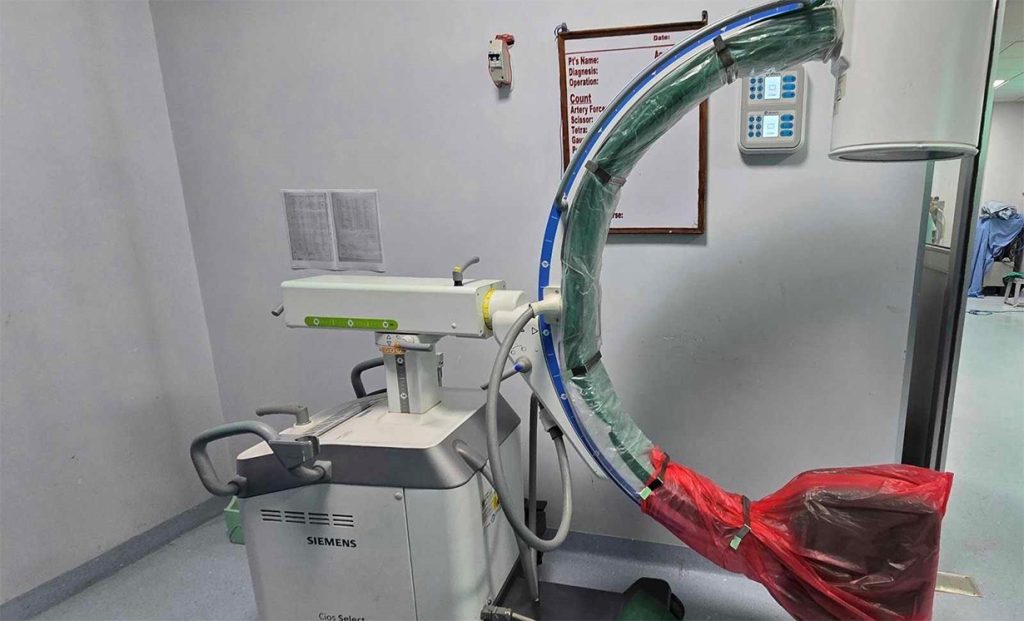
The C-arm machine in the urology department of Bir Hospital has been out of order for the past seven months. Despite repeated requests from the hospital to the company that sold the machine for repairs, technicians from the company visited but always gave the same response: the machine could not be repaired.
After more than five unsuccessful repair attempts by the company, the hospital administration gave up and stored the machine. The C-arm is an advanced medical imaging device based on X-ray technology.
On September 3, Bir Hospital signed an agreement with the National Innovation Center to repair malfunctioning equipment. A few days after the agreement, a team of biomedical engineers from the Innovation Center began repairing the broken equipment.
“We had already given up on the C-arm machine after being told it couldn’t be repaired,” said Dr Rabin Bahadur Basnet, head of the urology department. “But the engineers from the Innovation Center fixed it in just 10 minutes, and now we are using it again to provide services.”
On August 21, the Ministry of Health and Population signed a contract with the National Innovation Center to repair broken medical equipment across the country. As per the agreement, the center will repair out-of-order equipment in 17 major federal hospitals and assess the condition of the equipment.
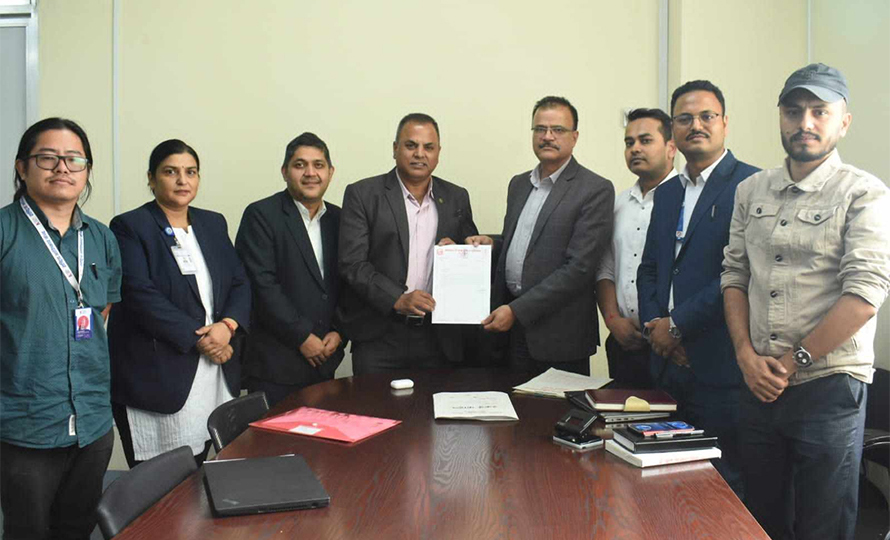
According to Mahabir Pun, the head of the Innovation Center, repair work is in full swing at Bir Hospital, and an agreement with Kanti Children’s Hospital is in its final stages. Similar repairs will begin soon at Pokhara Academy of Health Sciences and Gangalal Hospital.
Pun stated that they are working as a service to repair equipment that no one else is willing to fix. “Whatever equipment is broken in the hospitals, we will repair it. If the warranty has expired, we will fix it. If it can’t be repaired, we will recommend that it be replaced,” Pun said.
Currently, a team of 12, including biomedical engineers, is working to repair equipment at Bir Hospital.
The initial task of the Innovation Center’s health experts and technicians is to study the condition of broken equipment in hospitals and determine whether they can be repaired. After that, they will use the hospital’s available resources for repairs.
Dr Santosh Poudel, Director of Bir Hospital, said that the hospital’s technicians and the Innovation Center’s team are working together to gather and estimate the cost of repairing the broken equipment. “Ventilators, ICU beds, and some large machines have already been fixed, and we are compiling a list of other broken equipment,” said Dr Poudel. “It’s become easier to repair equipment that had been out of use for years.”
The Ministry of Health does not have data on how many medical devices are broken or stored in hospitals. Many health devices, purchased with large sums of money or donated by donors, remain unused in hospital storerooms.
One example is Bir Hospital’s urodynamic machine, which was purchased seven years ago. However, it was never installed by the vendor, according to Dr Basnet, and three years ago, the company informed the hospital that it could not be repaired. The machine was then placed in storage. Similarly, the lithotripsy machine used to break kidney stones is also out of order.
Currently, the staff of the Invention Center is working to repair both machines. “The biomedical engineering team is working on it, and they have assured us it can be fixed,” said Dr Basnet. “There are many machines that are broken due to small issues. Hopefully, all of them will be repaired so citizens can benefit.”
A senior hospital official mentioned that even if a device is under warranty, companies that sell medical equipment show little interest in repairing it. “Companies focus on pushing new equipment instead. Hospital officials, too, are often tempted by commissions from new purchases,” said the official. “If these broken devices are repaired, the rush to buy new ones would stop.”
2,600 medical devices unused
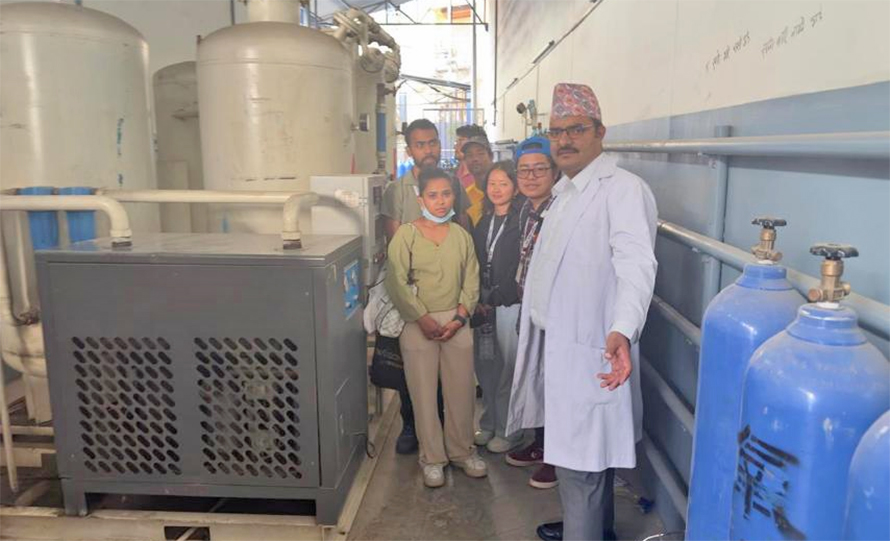
A survey by the Health Services Department’s Management Division found that more than a thousand medical devices, ranging from simple tools to complex and expensive machines, are sitting idle in hospitals.
Dr Surendra Chaurasiya, head of the Supply Branch of the division, said that during the COVID-19 pandemic, 2,645 health devices purchased by the government and donated by various agencies were never used and are currently stored in hospitals. Out of these, 1,823 devices could still be repaired and made functional, but they remain out of use.
According to the department’s data, these devices include 977 oxygen concentrators, 374 syringe pumps, 285 infusion pumps, and 268 multi-parameter monitors, among others. Many of these devices were never used and are now broken, reflecting poor resource management in the health sector.
With the involvement of the National Innovation Center, there is now hope that these devices can be made operational, said ministry officials. Mahabir Pun emphasised that the Innovation Center has the skilled workforce, including biomedical engineers, to repair complex medical devices.
“We are doing this work with the intention of benefiting the public. The Innovation Center does not gain any profit from these repairs,” said Pun. “We’ve only asked hospitals to cover the meal expenses for our team.”
Dr Prakash Budathoki, spokesperson for the Ministry of Health, said that many hospitals are requesting new devices, claiming that their current equipment is broken. “Most of these machines have minor issues that can be fixed and used again. That’s why we’ve entrusted the responsibility to the Innovation Center,” said Dr Budathoki.
According to Dr Budathoki, the Innovation Center will identify which devices can not be repaired and will fix those that can be. If a hospital is unable to cover the cost of repairs, they can request additional funding from the ministry.
“Equipment still under warranty and guarantee will be repaired by the vendor, while the Innovation Center will repair those whose warranty has expired,” added Dr Budathoki.
Dr Chaurasiya, head of the Supply Branch, said that there is a high demand for expensive devices like ICU beds, ventilators, and video X-ray machines. “If we can repair and reuse the equipment that is currently in storage, it will save a lot of money,” he said.








